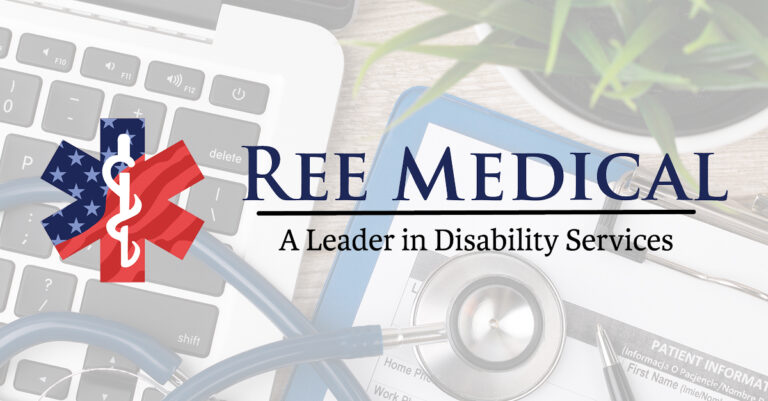Post-Traumatic Stress Disorder (PTSD) is not a sign of weakness. Rather, it’s a natural response to experiences that overwhelm the body and mind. For Veterans, those experiences can range from combat exposure and military trauma to witnessing loss or surviving life-threatening situations.
PTSD doesn’t follow a fixed timeline. For some, symptoms show up shortly after the triggering event. For others, it may take years. Regardless of when or how it manifests, PTSD is manageable. And with the right tools and support, healing is possible.
This guide offers practical, Veteran-focused strategies to manage PTSD and build habits that support mental wellness.
Understanding PTSD in the Veteran Context
PTSD affects everyone differently, but many Veterans report common symptoms:
- Intrusive thoughts or flashbacks
- Nightmares or difficulty sleeping
- Irritability or hypervigilance
- Feelings of numbness or detachment
- Avoidance of reminders related to trauma
- Difficulty concentrating or feeling “on edge”
These symptoms can disrupt daily life, relationships, and overall well-being. Understanding how PTSD affects the brain—and how to respond to it—can be the first step toward relief.
Practical Tips to Manage PTSD Symptoms
You don’t have to overhaul your life to find relief. Small, intentional changes can help bring stability, reduce intensity, and restore confidence.
1. Create a Daily Rhythm You Can Control
Routine reduces uncertainty, which helps calm the nervous system. Start with:
- Consistent wake-up and sleep times
- Set meal times to regulate energy levels
- Quiet transitions between activities (e.g., turning off noise before bed)
Predictability creates a sense of safety, especially when your mind is used to preparing for the unexpected.
2. Track Triggers and Responses
PTSD reactions often feel like they come out of nowhere. But keeping a simple record can help you connect the dots.
Use a small notebook or app to log:
- What was happening before the reaction?
- What were you thinking or feeling?
- What helped you recover?
Over time, this data becomes your personal guide to understanding what activates your symptoms and how you can regain control.
3. Grounding Techniques for When You’re Overwhelmed
When a flashback or panic sets in, grounding brings you back to the present. Try the 5-4-3-2-1 method:
- 5 things you can see
- 4 things you can feel
- 3 things you can hear
- 2 things you can smell
- 1 thing you can taste
It may sound simple, but shifting focus to your senses can reorient your brain and reduce the intensity of the moment.
4. Move With Intention
PTSD lives in the body as much as the mind. Physical activity is one of the most effective, proven tools for regulating mood and stress.
You don’t need a gym membership. You need momentum. Start with:
- A 10-minute walk each morning or evening
- Gentle stretching or mobility routines
- Activities that blend movement with focus, like swimming, yoga, or hiking
Movement helps release built-up tension and reduces cortisol (the body’s stress hormone).
5. Use Your Breath as a Reset Button
Breathing is one of the few systems we can consciously control, and it plays a direct role in calming the nervous system.
Try this 3-step breathing practice daily:
- Inhale through your nose for 4 seconds
- Hold for 4 seconds
- Exhale slowly through your mouth for 6 seconds
Repeat for 3–5 minutes. If you feel more present and less reactive afterward, it’s working.
6. Recognize When to Seek Support
Mental health challenges deserve the same level of documentation and clarity as physical ones. For many Veterans, having accurate medical documentation for service-connected PTSD is a critical part of pursuing care and benefits.
While REE Medical does not provide therapy or advice on filing claims, our role is to connect Veterans with independent, licensed medical professionals who are experienced in documenting mental health conditions for Disability Benefits Questionnaires (DBQs).
If PTSD is impacting your quality of life, a professionally completed DBQ can be a valuable step toward securing resources you may be eligible for, without the frustration of incomplete or generalized evidence.
7. Reclaim Connection at Your Own Pace
One of PTSD’s most isolating effects is the urge to withdraw. Rebuilding connection takes time, but it’s worth the effort.
- Start with one safe person—a friend, partner, fellow Veteran
- Set boundaries: talk when you want, not when you’re forced
- Let others know how to support you (e.g., “Just listen, don’t try to fix”)
Remember: Being open doesn’t mean being vulnerable all at once. You control your story.
Supporting Yourself with Patience and Purpose
PTSD recovery isn’t about “getting over it.” Instead, it means learning to live with it in a way that honors your experience without being defined by it.
Progress might look like:
- Sleeping through the night
- Handling a situation that used to trigger panic
- Feeling a moment of joy you didn’t expect
- Asking for help, whether for the first time, or the fiftieth
Each step forward is an act of courage.
You Are Not Broken. You Are Adapting
PTSD isn’t a personal failure. It’s a response to events that demanded too much, too fast. But just as the brain learned how to survive those experiences, it can also learn how to feel safe again.
With the right support—whether it’s community, daily practices, or professional medical documentation—healing becomes less about surviving and more about living fully.
At REE Medical, our commitment is to empower Veterans with the accurate, independent medical documentation they need to advocate for themselves. If PTSD has affected your life, and you believe a service connection exists, you deserve evidence that reflects your experience with clarity, accuracy, and respect.
Ready for the next step? Contact us today for a free consultation.

